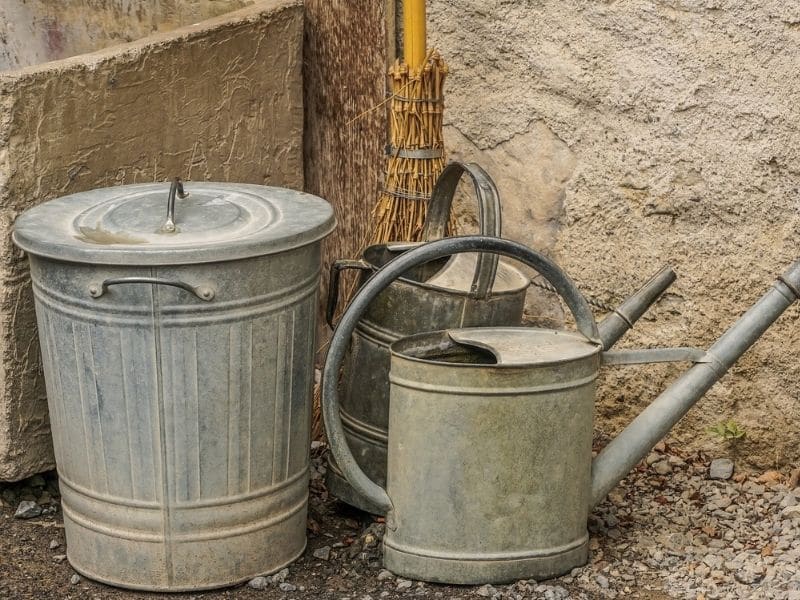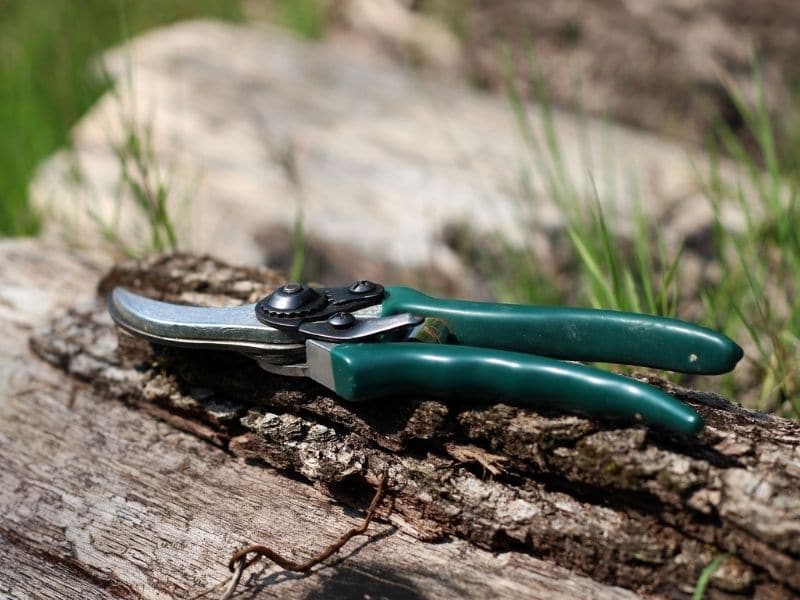The Chuparosa plant is native to some of the most challenging areas on earth, as it thrives best when grown in rocky slopes or desert soils, where nothing else seems to grow.
This plant is indigenous to southern Arizona and and northern Mexico, albeit nowadays, they are easily found in other southern states of North America, such as Texas and southern California.
Continue reading and discover more about Chuparosa.

Basic Facts about Chuparosa Plant
This plant is also referred to as Beloperone, more specifically, beloperone californica syn. Justicia californica. Chuparosa, hummingbird bush, and beloperone are some of its common names. They belong to the family of plants Acanthaceae.
Chuparosa literally means ‘’suck roses’’ in Spanish word. Yet, in some parts of the world where Spanish is spoken, chuparosa is also the name for hummingbirds.
If all of the proper growth conditions are satisfied, this plant may swiftly develop to be 3 to 6 feet tall and 4 feet wide.
Justicia californica (Chuparosa) is a shrub with arching branches covered in sparse gray-green, succulent leaves. However, this plant has tubular, small flowers that are often deep red, although some could be orange or yellow.
Beloperones are usually sown when gardeners need to attract hummingbirds to the garden, as the pollinator absolutely loves the plant mentioned above.
In addition, bees and hummingbirds eat this plant, and humans can do it too, as its red flowers are edible. Usually, people compare the taste to that of a cucumber. They can be eaten raw in salads, or people can blend them into a potent super juice.
Chuparosa Shrub Growing Tips
This plant is a drought-tolerant plant that can survive nearly any type of climate condition. Yet, they do require specific growing conditions to thrive best, albeit these are relatively easy plants to care for and require little maintenance.
Light Requirements
The Justicia californica plant needs to be fully exposed to direct sunlight. This will make the plant reduce its blooming time, yet, it will also grow healthier.
Water Needs

Depending on the amount of extra water provided, the growth rate ranges from moderate to rapid.
As previously stated, Chuparosas are great for areas that are known for having drought periods. If the plant is watered regularly, it will grow fast, yet it will also struggle with its blooms.
On the other hand, if droughts are severe, they could damage the plant as the heat will only produce stress on its foliage. Too much water can cause quick growth, a lanky, overgrown plant, and diminished flowering.
Ideally, this plant should be watered twice a month. If there are intense droughts, then irrigation could happen once every two weeks, putting a lot of emphasis on not overwatering the plant. Otherwise, it could develop root rot.
Soil Type
The Justicia californica plant prefers rocky or sandy soil, and they will not tolerate clay soil. They do need to be planted into well-drained soil, as they cannot withhold water.
Pruning

Depending on the winter, pruning will be necessary on chuparosas. This will allow the plant to reappear and regrow healthier during springtime.
Some winters are too strong on these plants, and they will damage their foliage; the best thing to do is to prune it for the plant to be restored and to have a better life and shape.
Propagation
This flowering shrub is easy to propagate. The gardener only needs to take the stem cutting when spring is almost ending, or, alternatively, during early summer. The cuttings should be placed inside a container, or you could directly sow them in the garden.
The soil should be a mixture of half sand and half potting mix, ideally. Yet, gardeners are always encouraged to discover an ideal ratio for the plants, according to their location.
Pests and Diseases
The Justicia californica plant is very tolerant of unwanted pests, and they will not do anything to harm them.
Also, they don’t suffer from diseases, which makes this plant chuparosa excellent for beginner gardeners who would like to grow a plant without worrying too much about its maintenance.
FAQs
Is Justicia californica edible?
The flowers are edible, and they are often consumed raw or cooked. They have a mild flavor, which goes great as a salad.
Is Justicia californica considered an invasive species?
This plant can self-sow if the right growing conditions have been met. This could mean that the plant will invade all of the available space to some areas and gardeners if left to its own devices. Ideally, this plant should be sown in an area where they can be the only plants or where they won’t compete against other plants to get some nutrients.
How does the Chuparosa adapt to the desert?
The Chuparosa (Justicia californica) adapts to the desert environment by developing specialized characteristics such as small leaves to reduce water loss through transpiration and by thriving in well-draining soil. Its ability to attract hummingbirds for pollination, despite arid conditions, showcases its adaptation to the desert’s unique ecological challenges.
Conclusion
This drought-tolerant shrub is ideal for areas with little to no rainfall. It is essential in hummingbird gardens and makes a great accent plant in desert landscapes.
What’s more, the most crucial aspect of this excellent landscape plant is that it welcomes hummingbirds, an excellent ally for any gardener who wants to bring more pollinator species into their garden.
One thing is for sure, though, Chuparosas are gorgeous flowers that could bring many important and relevant benefits to any garden!
Check our blog for more popular shrubs and bushes.
*image by TygerGilbert/depositphotos






